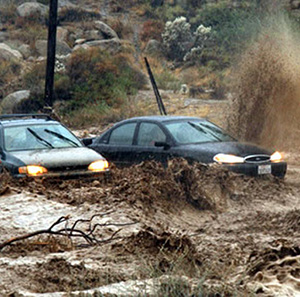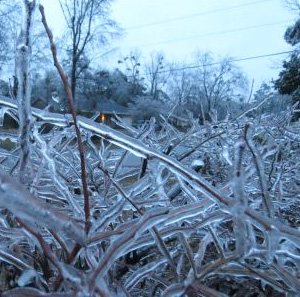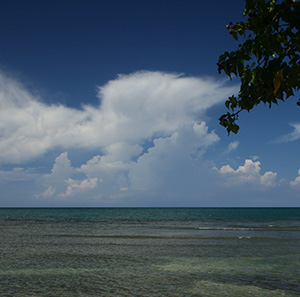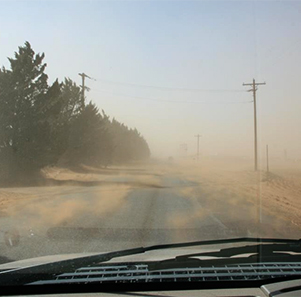Effective spotter reports are a critical component of NWS severe weather operations. NWS meteorologists use science, technology, training, experience, and spotter reports when making warning decisions.
An effective spotter report is one that is timely, accurate, and detailed. In short, report what HAS happened and what IS happening, NOT what you think will happen.
You should use the following guidelines when reporting...
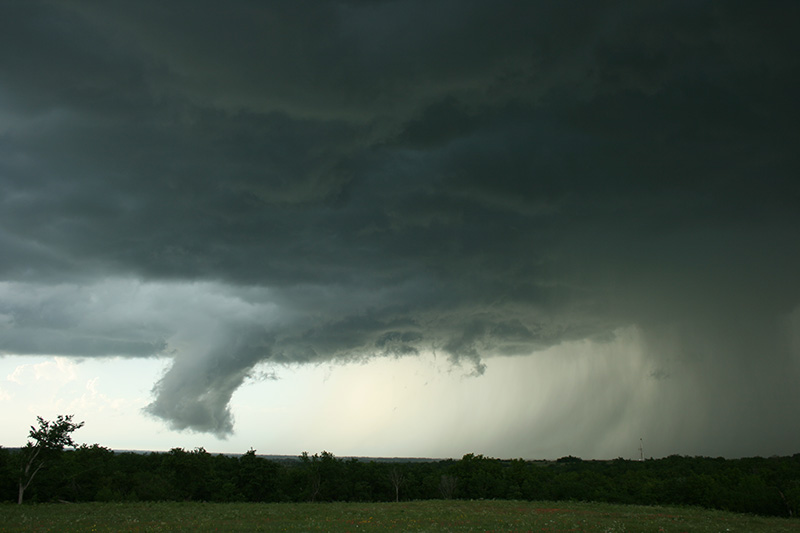
Immediate, real-time reports, are most helpful for warning operations, but delayed reports are also important, even days after an event. Delayed reports are used for climatological and verification purposes.
Weather events should be reported according to the instructions provided by your local NWS office. Here are some general guidelines on what to report...
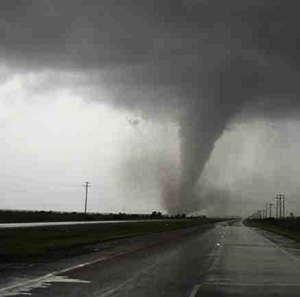
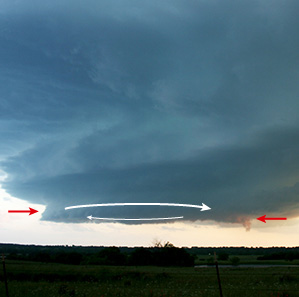
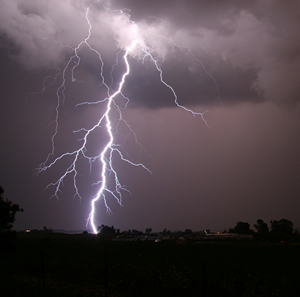
| Wind Speed (mph) | Effects |
|---|---|
| 25-31 | Large branches in motion. |
| 32-38 | Whole trees in motion. |
| 39-54 | Twigs break off trees, wind impedes walking. |
| 55-72 | Damage to TV antennas, large branches break off trees. |
| 73-112 | Surfaces off roofs peeled off, windows broken, trailer homes overturned. |
| 113+ | Roofs blown from houses, weak buildings and trailer homes destroyed, large trees uprooted, train cars blown off tracks. |
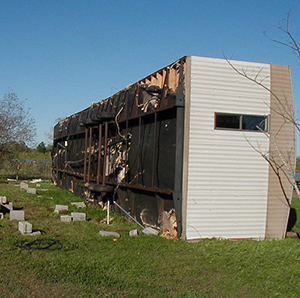
Report the size of the largest stone and any damage. To estimate size, compare hail to well known objects such as coins or balls, but not to marbles, or measure the hail with a ruler.
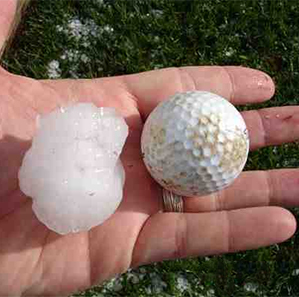
| Size | Report | Size | Report | |
|---|---|---|---|---|
| <¼" | BB | 1¾" | Golf Ball | |
| ¼" | Pea | 2" | Lime | |
| 7/10" | Dime | 2½" | Tennis Ball | |
| ¾" | Penny | 2¾" | Baseball | |
| 7/8" | Nickel | 3" | Large Apple | |
| 1" | Quarter | 4" | Softball | |
| 1¼" | Half Dollar | 4½" | Grapefruit | |
| 1½" | Walnut or Ping-Pong Ball |
